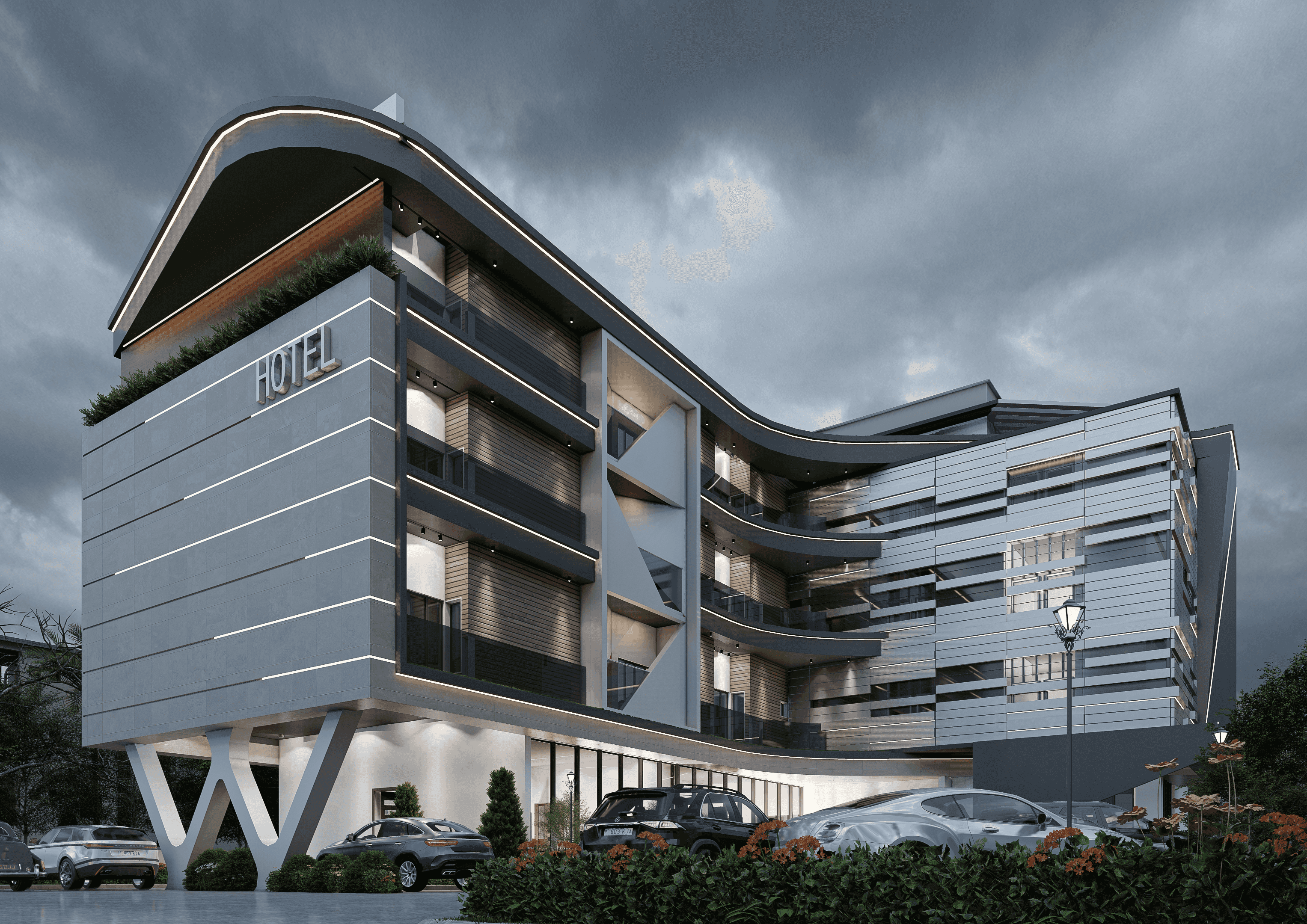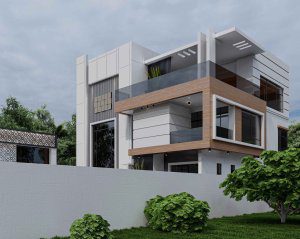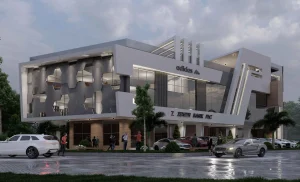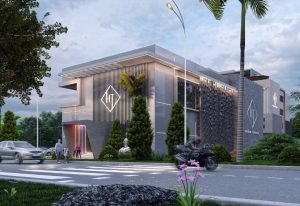The Future of Sustainable Architecture: Trends and Innovations
The future of sustainable architecture is exciting, with several trends and innovations on the horizon:
Green Building Materials: Expect to see more eco-friendly materials like recycled steel, sustainable concrete, and advanced insulation systems that reduce energy consumption.
Renewable Energy Integration: Buildings will increasingly incorporate solar panels, wind turbines, and geothermal systems to generate their energy, reducing reliance on traditional power sources.
Passive Design: Architects will focus on designing buildings that optimize natural ventilation, lighting, and insulation, minimizing the need for heating and cooling.
Smart Building Technology: The integration of IoT devices will enable buildings to adapt to changing environmental conditions, optimizing energy use and occupant comfort.
Biophilic Design: Architects will incorporate more green spaces, living walls, and natural elements into building design to improve indoor air quality and well-being.
Circular Design: Emphasis on reusing, recycling, and repurposing materials will lead to more circular building practices, reducing waste.
Modular Construction: Prefabrication and modular construction techniques will reduce construction waste and accelerate project timelines.
Urban Farming: Rooftop gardens and vertical farming within buildings will become more common, contributing to local food production.
Climate-Responsive Architecture: Architects will design structures that can withstand extreme weather events and rising sea levels due to climate change.
Community-Centric Design: Sustainable architecture will prioritize creating spaces that foster community interaction and social well-being.
Adaptive Reuse: Old buildings will be transformed into sustainable, energy-efficient spaces, preserving cultural heritage while reducing the need for new construction.
Data-Driven Design: Advanced simulations and data analytics will inform architectural decisions, optimizing energy performance and resource efficiency.
These trends reflect a growing commitment to environmental responsibility and a recognition of the role architecture plays in mitigating climate change and enhancing the quality of life for inhabitants.




